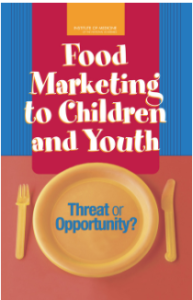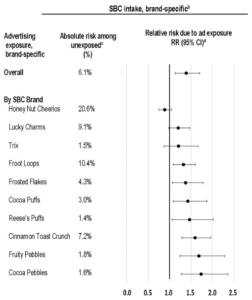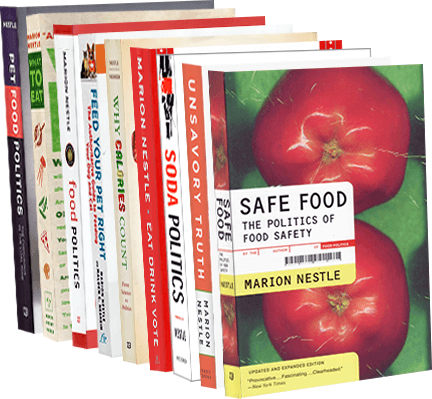Guess what: advertising to kids sells food products
It never occurred to me that we needed more research to prove that advertising to kids makes them want food products, pester their parents to buy the products, say they like the products, and actually eat the products.
That was the conclusion of a hugely important study from the Institute of Medicine in 2006.

You can download that report from the link. It’s still worth reading.
Obviously, the points it made still need reinforcing. Hence: this study.
Exposure to Child-Directed TV Advertising and Preschoolers. Intake of Advertised Cereals. Jennifer A. Emond, Meghan R. Longacre, Keith M. Drake, et al. American Journal of Preventive Medicine, December 17, 2018.
The authors measured whether exposure to TV advertisements for kids’ breakfast cereals affected pre-schoolers’ intake of those cereals.
No surprise. It did.
In this figure, the dots to the right of the vertical line indicate increased intake of the cereals after exposure to the ads.

I’d say the ads are doing what marketers hope they will do (except for Honey Nut Cheerios). Ads for Cocoa Pebbles and Fruity Pebbles seem particularly effective.
The authors point out that food companies say they are no longer marketing to children under the age of six. Obviously, they still are.
This is what parents are up against. What to do?
Turn off the TV! Call for regulation!

